A business card is a small card that contains important information about you or your business. It typically includes your name, job title, company name, phone number, email address, and sometimes a logo. Business cards serve as a quick reference for potential clients or business partners, making it easier for them to reach out to you later. Having a well-designed business card is essential in today’s professional world. 🌐 It can help you stand out in a competitive market. A business card reflects your brand and personality, so it’s important to get it right!
1. Why Do Business Cards Matter? 🤔
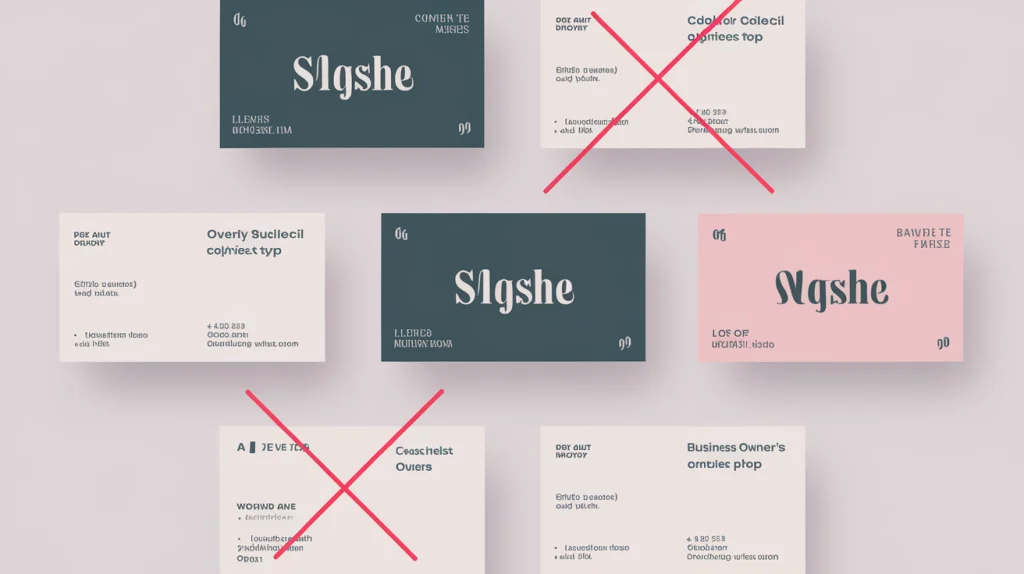
Business cards are vital tools for sharing your contact information. They help you make a strong first impression when meeting new people. 🌟 A well-designed card can show your professionalism and creativity, making it easier for people to remember you and your services. 📞
Using a business card also helps in networking. 🤝 When you give someone your card, you are opening the door for future conversations and connections. Whether at a conference, a meeting, or just out in public, a business card can help you build relationships. 🌈 Avoiding common business card errors is essential to make the most of these connections.
How Do Business Cards Play a Role in Networking? 🌟
Networking is all about making valuable connections. A business card is a simple way to start a conversation. When you hand over your card, it gives the other person something to hold onto. 📅 This makes it easier for them to remember who you are and what you do.
In addition, business cards are useful for keeping your brand visible. 🏷️ Every time someone looks at your card, they see your name and contact details. This can lead to more opportunities, such as job offers or partnerships. 💼 Following good business card design tips can help you create a card that stands out and represents you well.
2. What Are the Pros and Cons of Including a Photo? ⚖️
Deciding whether to put a photo on your business card can be tricky. There are both pros and cons to consider. 🌟
Pros:
- Adding a photo can make your card more personal. It helps people remember you better. 📌
- A friendly face can make you appear more approachable. 😊
Cons:
- Some people may think a photo is not professional. 🧐
- If your photo is not high quality, it can make your card look cheap. 🥺
It’s important to think about your industry and personal brand. Some fields may welcome photos, while others may not. Choose what feels right for you!
When Can a Photo Be Beneficial for My Business Card? 👍
A photo can be helpful if you work in industries like real estate or personal services. 🏠 These jobs are about trust and personal connections. A friendly photo can help people feel more at ease with you.
However, if you work in a more formal industry, like finance or law, you might skip the photo. 🏦 In these cases, focus on design and clear contact details instead.
How Do I Choose the Right Photo for My Card? 🖼️
If you decide to add a photo, make sure it is professional. Choose a high-quality image where you are smiling and looking approachable. 😃 Use good lighting and a simple background. Avoid busy or distracting images that take away from your contact information.
Remember, the goal is to create a business card that leaves a lasting impression! 🌟 Avoiding business card design mistakes, like using a poor photo, will help you present yourself well.
3. Why Is It Important to Include My Full Name? 🤔
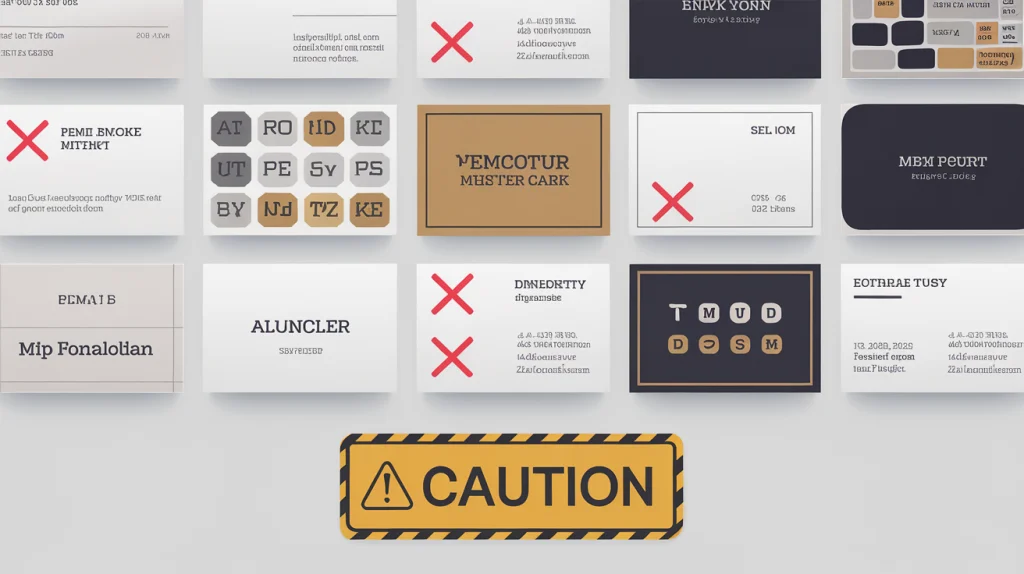
Including your full name on your business card is important for a few reasons. First, it helps people know who you are right away. 🏷️ Your name is your brand, and using your full name shows professionalism. This can make a positive impression on potential clients and partners. 🌟
When people see your full name, it can also help them remember you better. If they only see your first name, they may forget who you are when they look at your card later. 🗓️ So, putting your full name is a smart choice!
How Should I Format My Name on the Card? ✍️
When writing your name, keep it clear and easy to read. Use a simple font that stands out. Avoid fancy or complicated fonts, as they can make your name hard to read. 📖
You can format your name like this: First Name Last Name. If you have a title, like “Dr.” or “Mr.”, you can include that in front of your name. For example, “Dr. Jane Smith.” 🌼 Make sure your name is the most noticeable part of your card.
When Is It Acceptable to Use Initials or Nicknames? 🤷♂️
Using initials or nicknames can be fine in some situations. If you are known by a nickname, it may be okay to use that. 😊 For example, if everyone calls you “Sam” instead of “Samuel,” then using “Sam” can make you seem more friendly and approachable.
However, if you are in a formal business setting, it’s usually best to use your full name. 🏢 This helps keep things professional. Think about your audience and choose the name that fits the situation best!
4. What Are the Privacy Concerns of Including My Home Address? 🔒
Including your home address on your business card can raise privacy concerns. 📭 Many people prefer to keep their home addresses private to avoid unwanted visitors or spam. If you give out your address, it can be easy for someone to find you online.
Think about how you feel about sharing your home address. If you are uncomfortable, it is best to leave it off your card. 🌈 Your safety and privacy should always come first!
What Are the Alternatives to Putting My Home Address? 🚫
If you don’t want to include your home address, there are several alternatives. You can use a business address instead. 🏢 This keeps your address private while still providing a way for clients to reach you.
Another option is to leave the address off entirely and just include your phone number and email. 📧 Many people prefer to connect online or over the phone, making an address unnecessary.
In What Situations Is It Necessary to Include an Address? 🗺️
There are a few situations where including an address might be necessary. If you have a physical store or office, adding your address can help customers find you. 🏪 It can also be helpful for businesses that rely on in-person meetings or consultations.
If your business requires meeting clients at your home or office, then including an address makes sense. Just make sure you are comfortable sharing that information. 😊 Always prioritize your comfort and safety when designing your business card!
5. How Do I Effectively Highlight My Services? 🌟
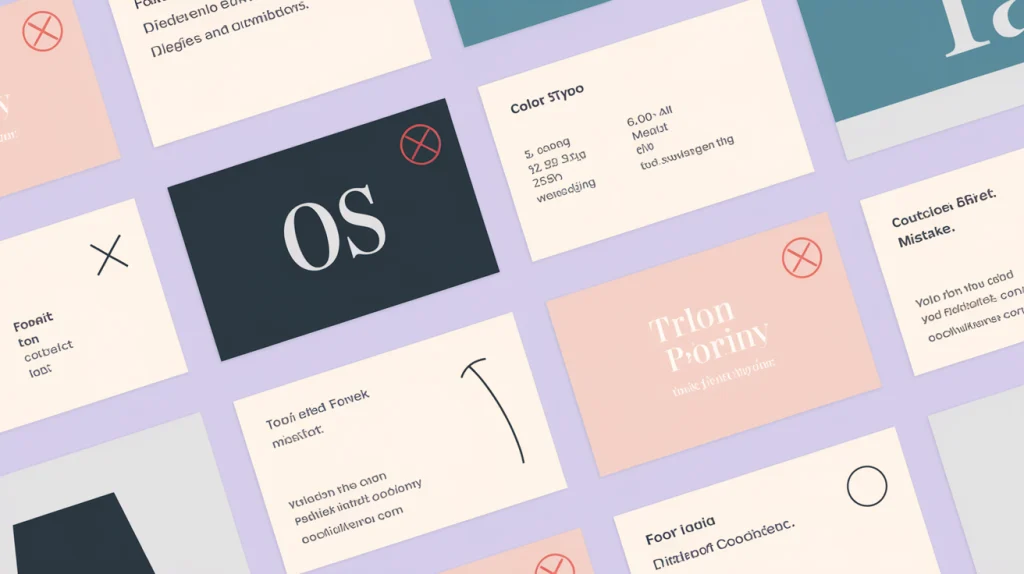
Listing your services on your business card can be a great idea. It helps people understand what you offer at a glance. 🕶️ Use short phrases or keywords to describe your services. For example, if you are a photographer, you might write “Weddings,” “Portraits,” and “Events.” This gives potential clients a quick look at what you do. 📷
Make sure to keep it simple! Avoid long sentences or complicated words. Instead of writing “I specialize in capturing beautiful moments during weddings,” just write “Wedding Photography.” This makes it easy for anyone to understand your services right away. 👍
What Is the Best Way to Balance Information Without Clutter? ⚖️
Balancing information on your business card is very important. You want to provide enough details without making it look messy. 🧹 Start with your name and contact information. Then, add your services in a small section. Keep your design clean and organized.
Using bullet points or simple icons can help you present information. 📝 This way, your card looks professional and easy to read. Avoid putting too many services; choose the most important ones. Too much information can make your card look crowded. 🚫
How Can I Present My Services Effectively on My Card? 🖊️
To present your services effectively, think about your audience. What do they want to know? 🕵️♂️ Focus on what makes you unique. For example, if you offer eco-friendly cleaning services, you can say, “Green Cleaning Solutions.” 🌱 This helps your card stand out.
Use a clear font and good colors to make your text pop. 🎨 Make sure your services are easy to read. Always keep your target audience in mind to create a card that attracts them!
6. Why Is It Important to Have an Online Presence on My Card? 📱
Having an online presence is important for any business today. Adding your website URL to your business card helps people find you online. 🌟 It shows you are professional and modern.
When potential clients visit your website, they can learn more about your services. They might find your portfolio, read reviews, or contact you easily. This can lead to more business opportunities! 📈
What Are the Best Practices for Including URLs? 🔗
When including your URL, keep it simple. Use your main website address without extra details. For example, write “www.YourBusiness.com” instead of “www.YourBusiness.com/contact.” This makes it easier for people to remember. 🧠
Make sure your URL is printed clearly. Use a font that is easy to read, and avoid long links. If your business name is long, consider using a shorter domain name. 🥳
Are There Alternatives to Using “WWW” on My Business Card? 🛠️
Yes, there are alternatives to using “WWW.novaprint.ca.” You can simply write your website name without For example, you can write “novaprint.ca.” This still shows your online presence and looks clean. 👍
Another option is to use a QR code. 📱 You can create a QR code that links directly to your website. This way, people can scan it with their phones and access your site immediately. Just make sure to include instructions on how to use it!
7. What Creative Designs and Layouts Should I Consider? 🌟
Looking at different business card examples can help spark your creativity! ✨ Consider designs that reflect your style and your business.
For instance, if you run a bakery, think about using soft colors and fun fonts. 🍰 A layout that shows your logo and name clearly is always a good choice.
You can also play with shapes. Instead of a traditional rectangle, you might try rounded corners or even a unique shape that represents your business. 📏 This makes your card stand out and makes a great first impression!
How Can I Analyze Effective Business Card Samples? 🔍
When you look at effective business card samples, pay attention to a few key elements. 🧐 Look for clear contact information, an appealing design, and how the services are listed.
Check how the colors work together and if the text is easy to read. A good example will have a balanced layout that guides the eye from one section to another. 🌈 Make notes on what you like and what you don’t, and think about how you can apply those ideas to your card.
What Are the Latest Trends in Business Card Design? 📈
Staying updated on the latest trends in business card design can keep your card looking fresh! 🌟 Right now, many businesses are choosing minimalistic designs. This means using fewer colors and simple fonts to create a clean look.
Another trend is using special materials, like metal or recycled paper, to stand out. 🌍 Some cards even have added features, like QR codes or embossing, which adds a unique touch. Keep an eye on what’s new and consider how you can use these ideas in your design!
8. When Should I Omit My Address? ❓
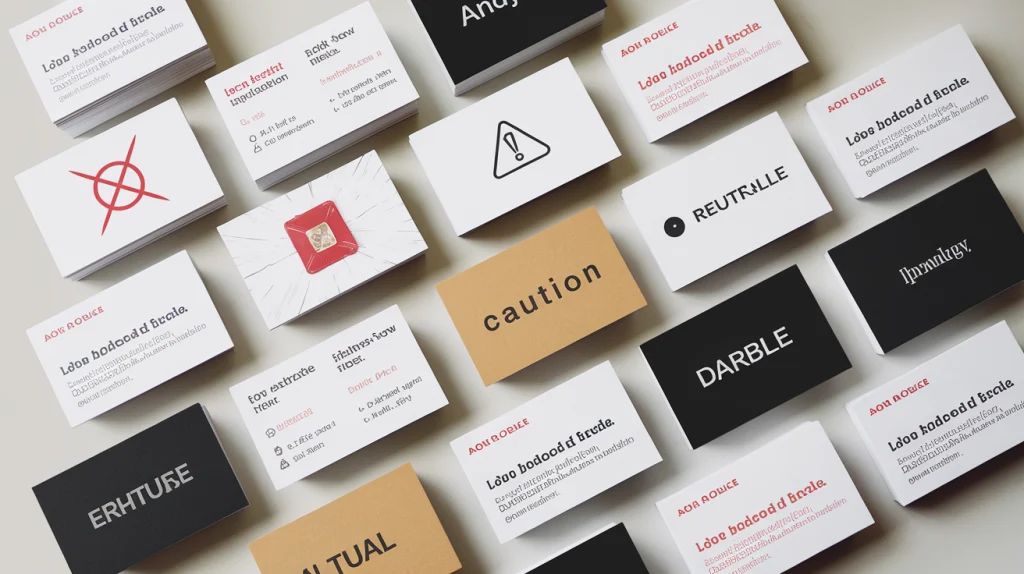
There are times when it’s okay to leave your address off your business card. If you work from home or travel frequently, sharing your home address might not be necessary. 🌍 If your clients can reach you easily by phone or email, you can skip the address.
You might also choose to omit your address if you work in a digital business, like web design or consulting. 🖥️ This keeps your card simple and focused on your services instead of a physical location.
What Effective Strategies Can I Use for Address-Less Cards? 📋
To make an addressless card effective, focus on what you can offer. Use your business name, phone number, and email address prominently. 📞 This way, potential clients know how to contact you without needing an address.
You can also add a catchy tagline that describes your services. For example, if you’re a graphic designer, you could write “Bringing Your Ideas to Life!” 🌈 This lets people understand what you do quickly.
How Can I Ensure My Card Still Provides Contact Options? 📬
It’s important to provide contact options even without an address. Make sure your email and phone number are easy to find. 📞 You might also consider including links to your social media profiles. This way, clients can connect with you on platforms they use.
Adding a QR code that links to your website can be a great option, too! 📱 This allows people to scan and visit your online portfolio or contact page directly. With these strategies, your business card can still be informative and effective without an address!
9. Conclusion 🎉
When designing your business card, it’s important to avoid common mistakes. 🚫 One key mistake is leaving out essential information, like your name or phone number. If people can’t find out how to reach you, your card won’t help you connect! 📞
Another mistake is using too many colors or fonts. 🌈 This can make your card look messy. Instead, choose a few colors and one or two fonts to keep it clean and easy to read. 🧐 Finally, don’t forget to check for spelling errors! A small mistake can make a big difference in how professional your card appears.
What Are the Final Thoughts on Creating an Effective Business Card? 💭
Creating an effective business card takes thought and care. ✨ Make sure it represents you and your business well. Consider what you want to say about yourself and how you can make a good first impression.
Remember to focus on clarity. Your card should be easy to read and understand at a glance. 👀 When people look at your card, they should instantly know who you are and what you do. Using these tips will help you create a card that stands out and helps you connect with others! 🤝
10. Bottom Line 🏁
In summary, keep a few key tips in mind when designing your business card. First, include your full name, contact information, and a brief description of your services. 📜 Avoid cluttering your card with too much text or too many images.
Second, think about whether you need to include your address or a photo. 🌍 Lastly, always make sure to proofread your card for any mistakes before printing it. A clean and clear design will leave a lasting impression! 🌟
Final Recommendations for Successful Networking 🤝
To succeed in networking, your business card should be a tool that helps you connect with others. 💬 Hand it out during events, meetings, or even casual encounters. When you give someone your card, it shows you are professional and prepared.
Follow these recommendations: keep your design simple, use high-quality materials, and always have a few cards on hand. 🗂️ This way, you can make connections wherever you go. With a well-designed business card, you’ll be ready to make new contacts and grow your network! 🌱
11. FAQs❓
Yes, including your logo is a great idea! A logo helps people remember your brand and gives your card a professional look. Just make sure it’s clear and easy to see. Keep it simple so it doesn’t take over the whole card.
The thickness of your business card can vary, but a common thickness is around 14 to 16 pt (points). Thicker cards feel more durable and high-quality, which can make a good impression. Try to choose a card that feels nice to hold, as this can affect how others view your business.
Essential information includes your full name, job title, phone number, and email address. You might also want to include your company name and logo. Make sure the most important details are easy to read, so people can contact you without any trouble!
Yes, using both sides of your business card can be very effective! You can put your main information on one side and additional details, like your services or a catchy tagline, on the other. Just remember not to overcrowd either side—keep it clean and simple!
Choosing colors depends on your brand and what message you want to convey. Generally, it’s best to stick to two or three colors that match your logo or theme. Bright colors can grab attention, but make sure they don’t clash and are easy to read!
To make your business card stand out, consider unique designs or finishes. You might use special paper, like textured or glossy materials, or add a pop of color. Also, ensure your information is clear and appealing. A memorable logo or slogan can also help your card leave a lasting impression!
Including a tagline is not necessary, but it can be beneficial! A catchy tagline gives people a quick idea of what you do. Keep it short and meaningful. If you feel it adds value to your card, go for it! Just make sure it doesn’t make your card look cluttered.
Yes, including your social media handles can be a good idea! If your social media profiles are professional and relate to your business, add them. Just make sure to keep it neat and only include the most important platforms. This way, people can connect with you online!
You should update your business cards whenever you have a change in important information, like your job title or phone number. Also, consider updating your card if you want a new design or logo. Regular updates keep your cards fresh and relevant!
Using a QR code can be a smart addition. It allows people to quickly access your website or social media by scanning the code with their phones. Just make sure the QR code is clear and works properly before printing your cards. This makes it easy for others to connect with you!

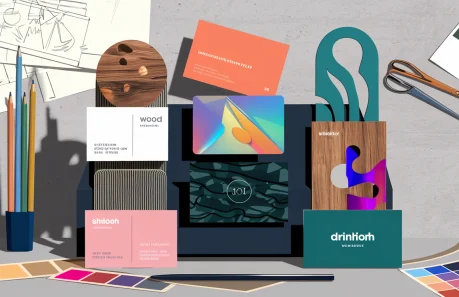
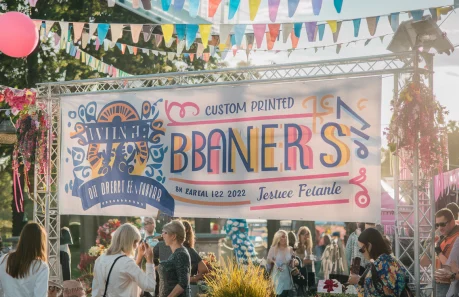
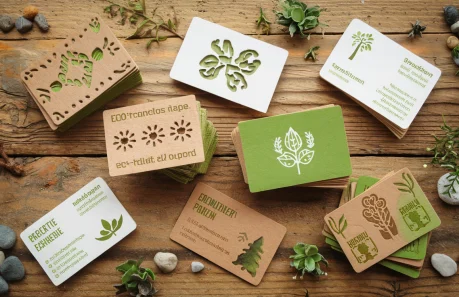
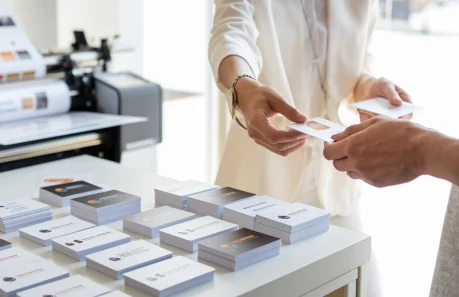
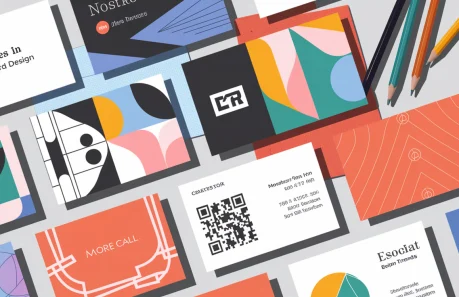

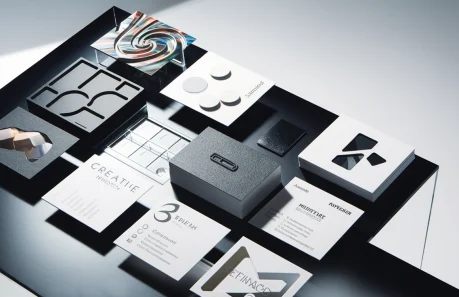
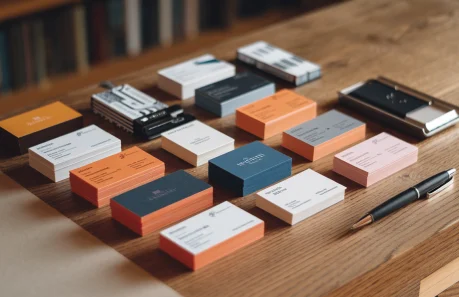
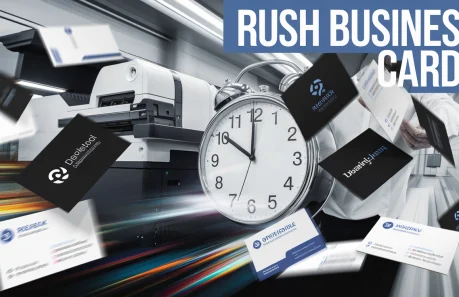

Leave a Reply